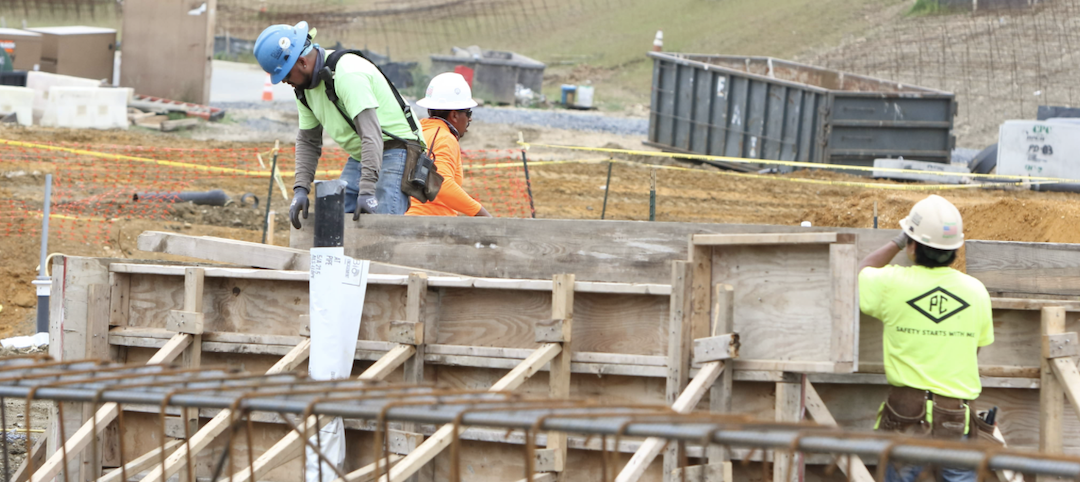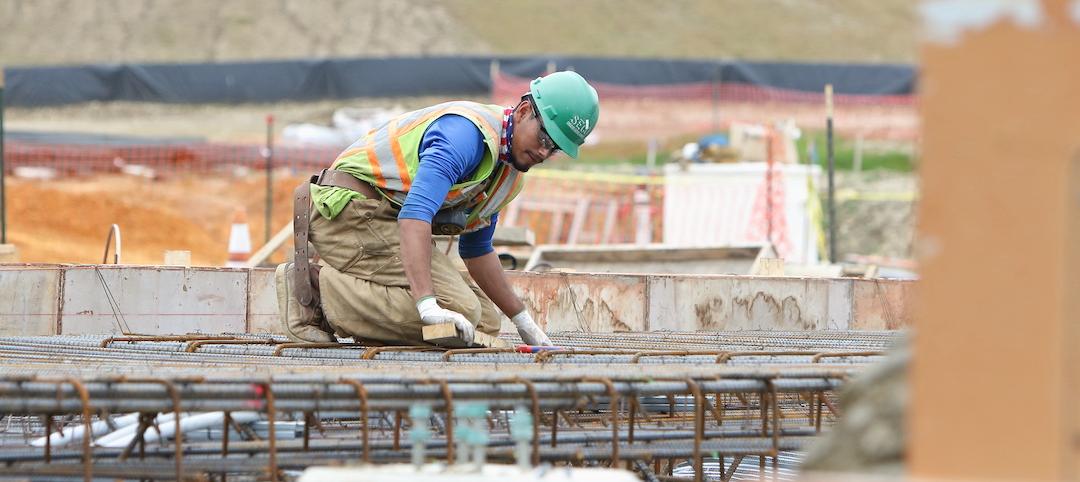Bolstered by a positive economic environment, U.S. multifamily rents increased 3% year-over-year in January 2020.
Sixteen of the country’s top 30 markets posted year-over-year rent growth above the national average and none experienced a decline, a new report from Yardi® Matrix shows. The $1,463 rent was $1 below the average for December, but “stagnant or decelerating rents are common during the winter months and could continue” through the first quarter, the report says. The national economy’s resilience continues to sustain “strong and steady” multifamily fundamentals.
Phoenix and Las Vegas maintained their year-over-year rent growth leadership for the 16th consecutive month in January. Sacramento, Calif., California’s Inland Empire and Nashville, Tenn., rounded out the top five metros. Nashville and Charlotte, N.C., the No. 6 entry, have benefited from corporate relocations from higher-cost cities. Boston was the lone Northeastern market in the top 10.
Potential impediments to rent growth this year include new statewide rent control measures and increased local regulation of security deposits and resident acceptance criteria.
National supply deliveries figure to decline this year as “multifamily construction originations are at a five-year low and the increased cost of labor and materials continues to be an issue,” according to the report.
Get the latest in-depth data on employment, supply, occupancy and market rent growth trends in the Yardi Matrix multifamily national report for January 2020.
Related Stories
Market Data | Dec 5, 2021
Nonresidential construction spending increases nearly 1% in October
Spending was up on a monthly basis in 13 of the 16 nonresidential subcategories.
Market Data | Nov 30, 2021
Two-thirds of metro areas add construction jobs from October 2020 to October 2021
The pandemic and supply chain woes may limit gains.
Market Data | Nov 22, 2021
Only 16 states and D.C. added construction jobs since the pandemic began
Texas, Wyoming have worst job losses since February 2020, while Utah, South Dakota add the most.
Market Data | Nov 10, 2021
Construction input prices see largest monthly increase since June
Construction input prices are 21.1% higher than in October 2020.
Market Data | Nov 9, 2021
Continued increases in construction materials prices starting to drive up price of construction projects
Supply chain and labor woes continue.
Market Data | Nov 5, 2021
Construction firms add 44,000 jobs in October
Gain occurs even as firms struggle with supply chain challenges.
Market Data | Nov 3, 2021
One-fifth of metro areas lost construction jobs between September 2020 and 2021
Beaumont-Port Arthur, Texas and Sacramento--Roseville--Arden-Arcade Calif. top lists of gainers.
Market Data | Nov 2, 2021
Construction spending slumps in September
A drop in residential work projects adds to ongoing downturn in private and public nonresidential.
Hotel Facilities | Oct 28, 2021
Marriott leads with the largest U.S. hotel construction pipeline at Q3 2021 close
In the third quarter alone, Marriott opened 60 new hotels/7,882 rooms accounting for 30% of all new hotel rooms that opened in the U.S.
Hotel Facilities | Oct 28, 2021
At the end of Q3 2021, Dallas tops the U.S. hotel construction pipeline
The top 25 U.S. markets account for 33% of all pipeline projects and 37% of all rooms in the U.S. hotel construction pipeline.

















